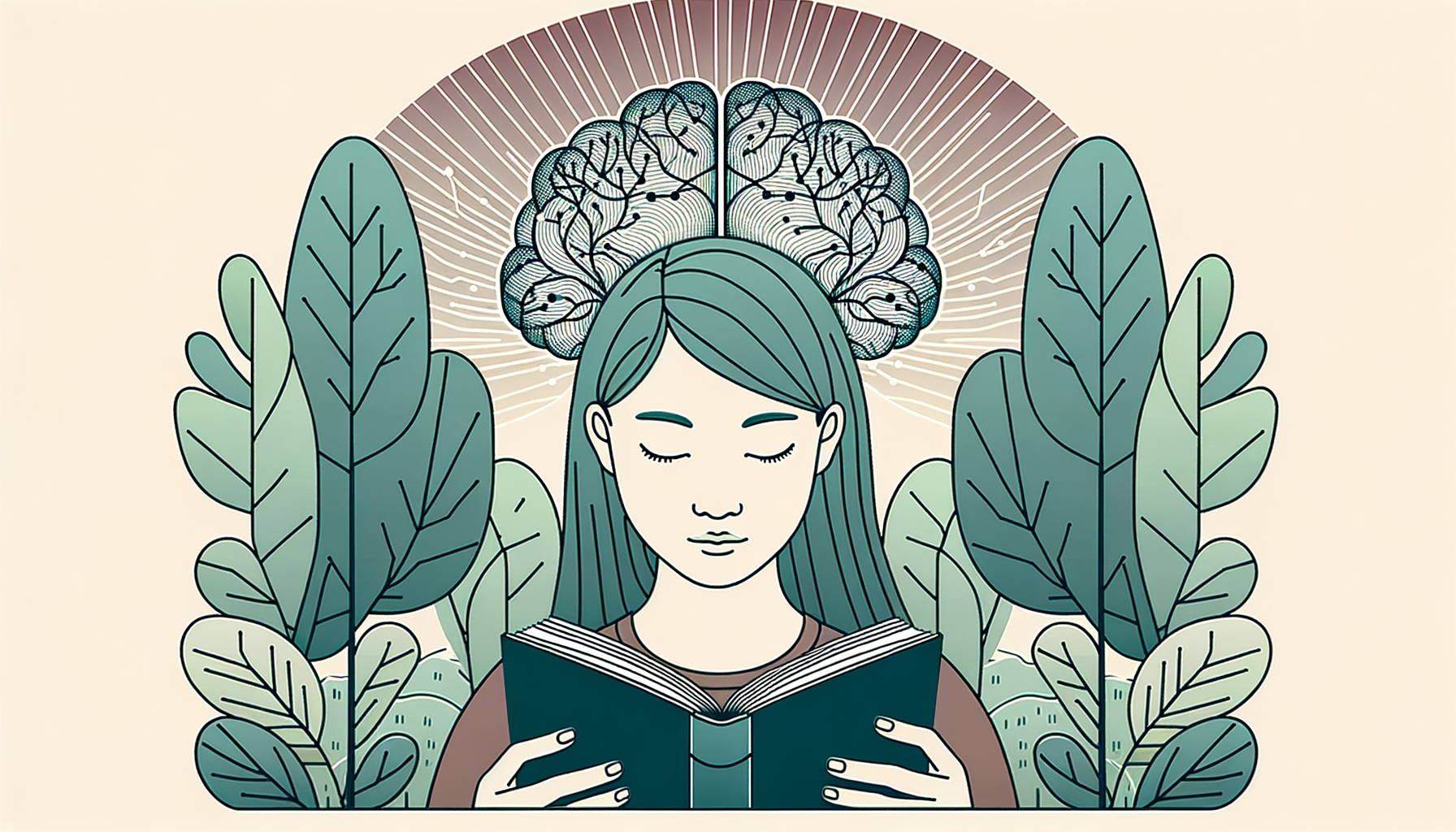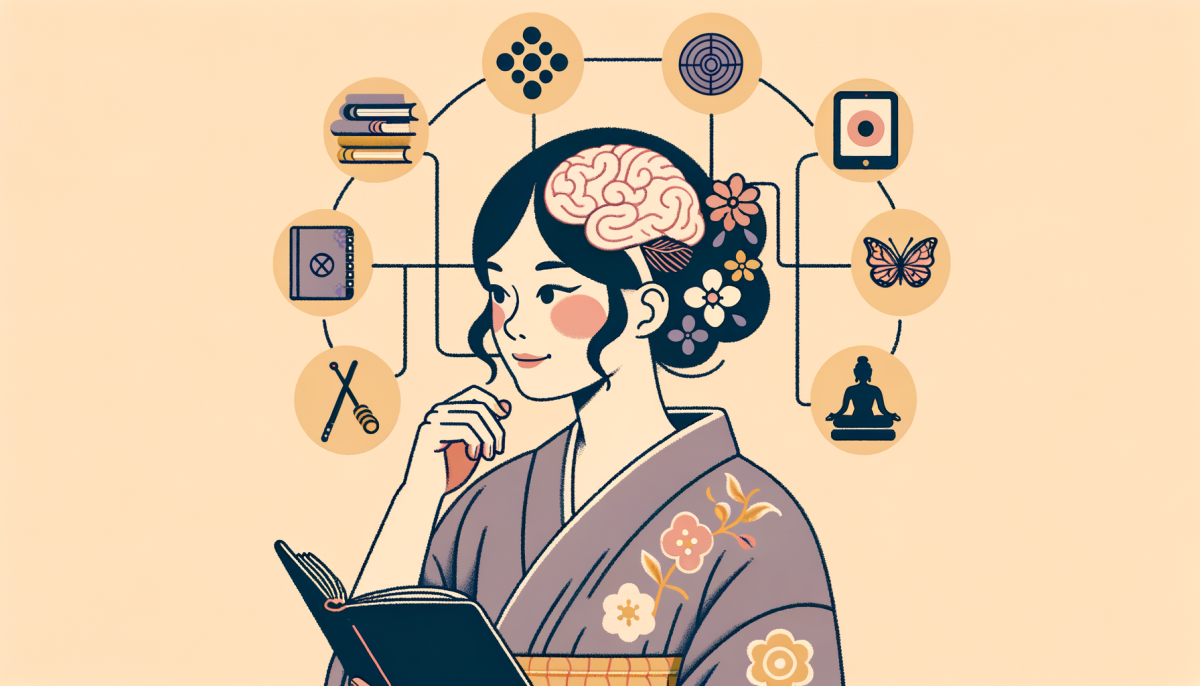Introduction
The human brain, a marvel of nature, is a complex and intricate organ that has fascinated scientists for centuries. Its ability to adapt, learn, and evolve is a testament to its remarkable capabilities. One such capability is neuroplasticity, a phenomenon that has revolutionized our understanding of the brain and personal growth. This article delves into the science of neuroplasticity, its role in personal growth, and how we can harness its power for our benefit.
Understanding Neuroplasticity

Neuroplasticity, also known as brain plasticity, is the brain’s ability to reorganize itself by forming new neural connections throughout life. It allows the neurons (nerve cells) in the brain to compensate for injury and disease and to adjust their activities in response to new situations or to changes in their environment. This dynamic process allows us to learn from experience, remember, and adapt to new situations.
The concept of neuroplasticity is not new; however, it was not until the 20th century that scientists began to understand its true potential. Previously, it was believed that the adult brain was fixed and incapable of producing new neural pathways. This view has been radically transformed, and we now know that the brain is a highly dynamic and constantly reorganizing system.
Neuroplasticity is driven by various factors, including our environment, behavior, thoughts, and emotions. It is the mechanism by which all learning and memory occur. It is also the process that controls the brain’s response to injury and disease. The brain’s plasticity is a double-edged sword, however. While it allows for learning and adaptation, it can also lead to the development of maladaptive behaviors and conditions if not properly managed.
Neuroplasticity and Growth
Neuroplasticity plays a crucial role in personal growth and development. It is the biological basis for learning and adaptation, and it is through this process that we acquire new skills, knowledge, and abilities. Neuroplasticity allows us to learn from our experiences and adapt to new situations, which is essential for personal growth.
The brain’s ability to rewire itself is not limited to learning new skills or adapting to new environments. It also plays a crucial role in emotional growth and resilience. Neuroplasticity allows us to change our thought patterns and emotional responses, which can lead to improved mental health and well-being.
Neuroplasticity also plays a role in physical growth and healing. Following an injury or illness, the brain can reorganize itself to compensate for lost functions or maximize remaining functions. This ability to adapt and heal is a testament to the brain’s remarkable resilience and plasticity.
Harnessing Neuroplasticity
Understanding the science of neuroplasticity opens up exciting possibilities for personal growth and development. By harnessing the power of neuroplasticity, we can actively shape our brains and influence our behavior, thoughts, and emotions.
One way to harness neuroplasticity is through mindful practices such as meditation and mindfulness. These practices have been shown to promote neuroplastic changes in the brain, leading to improved cognitive function, emotional regulation, and stress resilience.
Another way to harness neuroplasticity is through learning and cognitive training. Engaging in new learning experiences or challenging cognitive tasks can stimulate the formation of new neural connections, leading to improved cognitive abilities and brain health.
Physical exercise is another powerful tool for promoting neuroplasticity. Regular physical activity has been shown to stimulate the growth of new neurons and improve brain function. It also has numerous other health benefits, including improved cardiovascular health, mood, and stress resilience.
Conclusion
In conclusion, neuroplasticity is a powerful force that shapes our brains and influences our behavior, thoughts, and emotions. By understanding and harnessing this process, we can actively shape our brains and promote personal growth and development. Whether through mindful practices, learning and cognitive training, or physical exercise, we all have the power to harness the science of neuroplasticity for our benefit.





